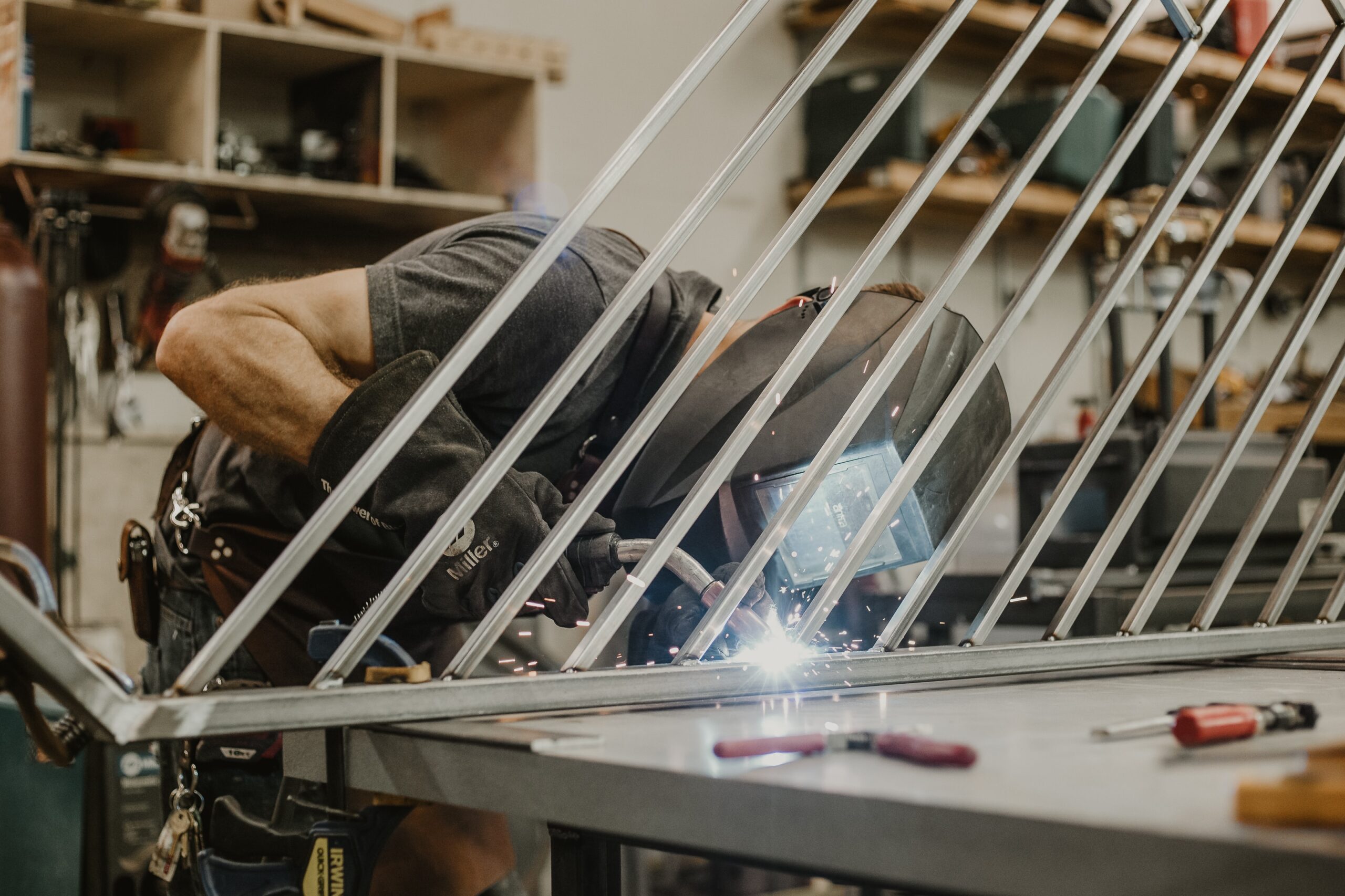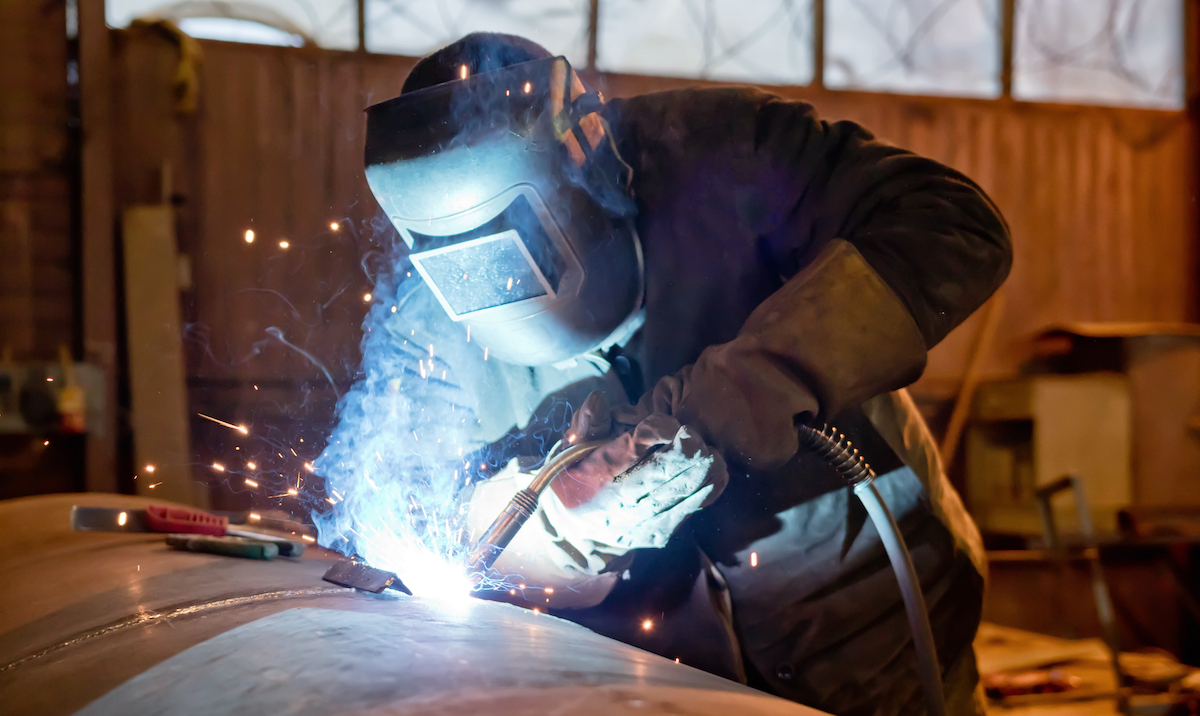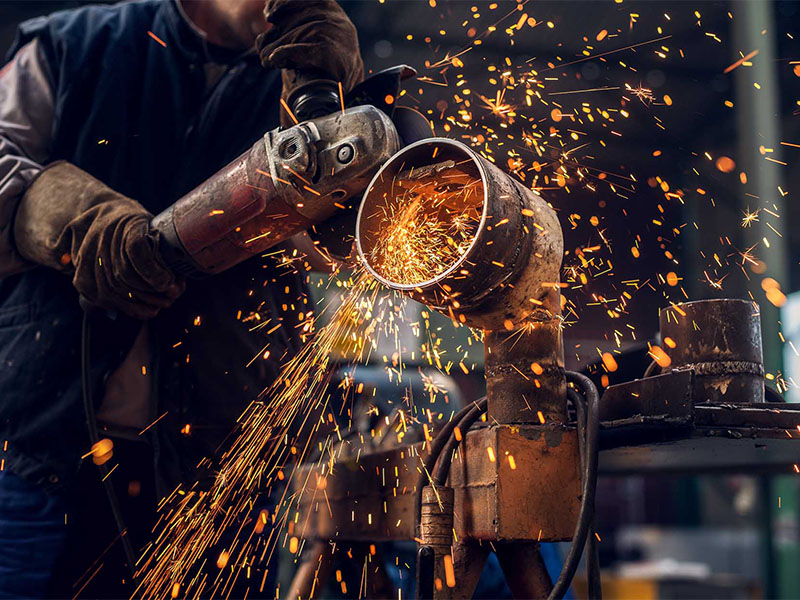Typical Welding Repair Issues and How to Address Them Successfully
Welding fixings typically come across a series of issues that can threaten the honesty of the last product. Common problems include insufficient penetration, porosity, and misalignment, to name a few. Each flaw presents distinct obstacles that require certain approaches for resolution. Comprehending these issues is crucial for welders aiming to enhance their end results and skills. This conversation will certainly explore these usual welding repair problems and effective methods to resolve them.
Inadequate Infiltration
Inadequate infiltration takes place when the weld steel falls short to completely fuse with the base product, causing weak joints and possible architectural failings. This issue typically comes from inadequate heat input, wrong electrode angle, or inappropriate welding rate. Welders might come across insufficient penetration as a result of a miscalculation of the needed parameters for a particular material density or kind. Additionally, contamination on the base material's surface can hinder efficient bonding, intensifying the trouble. To deal with poor penetration, welders must guarantee suitable settings on their equipment and maintain a tidy job surface. Routine inspection of welds is advised to identify any shortages early, allowing for prompt corrections and the avoidance of jeopardized structural stability in welded settings up.
Porosity
Porosity is an usual issue in bonded joints that shows up as little gas bubbles entraped within the weld metal. This defect can jeopardize the honesty of the weld, leading to minimized toughness and potential failing under tension. Montana Mobile Welding and Repair Fabrication. Porosity usually occurs from contamination, moisture, or improper welding techniques, which allow gases to get away into the molten weld pool. To resolve porosity, welders need to ensure correct surface preparation, preserve a clean working environment, and utilize suitable welding parameters. In addition, choosing the appropriate filler product and protecting gas can reduce gas entrapment. Normal examination and screening of welds can aid determine porosity early, guaranteeing timely restorative activities are taken, thus preserving the high quality and integrity of the welded framework
Misalignment
Imbalance in welding can emerge from various factors, including inappropriate setup and thermal growth. Recognizing the source is necessary for reliable resolution. A number of correction strategies are readily available to straighten components and guarantee architectural honesty.
Sources of Imbalance
Welding misalignment commonly originates from a variety of underlying problems that can endanger architectural honesty. One key cause is incorrect fit-up of parts prior to welding, which can lead to spaces and unequal surface areas. Variations in thermal growth throughout the welding process can also lead to distortion, specifically if the materials being signed up with have various coefficients of development. Furthermore, inadequate clamping and fixturing may stop working to hold parts firmly in position, leading to activity throughout welding. Badly kept tools, including welding machines and tools, might introduce variances in the weld grain, further adding to imbalance. Operator error, stemming from insufficient training or experience, can additionally play a considerable role in producing misaligned welds.

Modification Strategies Readily Available
Addressing misalignment effectively requires a mix of restorative techniques tailored to the certain concerns available. One typical technique is the usage of components or jigs to hold elements in the appropriate setting throughout welding, making sure consistent alignment. Furthermore, preheating the products can help in reducing distortion and boost fit-up. For substantial misalignment, mechanical realignment strategies, such as making use of hydraulic jacks or clamps, can be utilized to fix the setting prior to welding. Post-weld warmth treatment may likewise be required to ease stress and anxieties brought on by misalignment. Careful inspection and change throughout the setup phase can stop imbalance problems from coming to be significant issues, promoting a smoother welding procedure and improving total structural honesty.
Distortion
Distortion is a typical challenge in welding that can develop from numerous aspects, including uneven heating & cooling. Recognizing the root causes of distortion is necessary for carrying out effective avoidance techniques. Resolving this concern not only improves structural integrity yet additionally enhances the overall high quality of the weld.
Reasons for Distortion
When subjected to the extreme heat of welding, materials usually go through modifications that can result in distortion. This phenomenon mainly occurs from thermal development and tightening during the welding process. As the weld location warms up, the material expands; upon air conditioning, it contracts, which can create interior stress and anxieties. In enhancement, uneven heating across a workpiece can aggravate these tensions, leading to warping or flexing. The sort of material also plays a considerable duty; steels with differing thermal conductivity and coefficients of expansion may respond in a different way, bring about uncertain distortions. Additionally, poor joint layout and insufficient fixturing can add to imbalance throughout welding, increasing the probability of distortion. Comprehending these reasons is necessary for efficient welding repair service and avoidance methods.
Prevention Techniques
Efficient prevention methods for distortion throughout welding concentrate on managing heat input and ensuring proper joint layout. Maintaining a regular warmth input aids to minimize thermal development and tightening, which can cause distortion. Using techniques such as preheating the work surface can likewise minimize the temperature level gradient, promoting consistent home heating. Additionally, picking ideal joint styles, such as T-joints or lap joints, can boost security and minimize anxiety concentrations. Implementing appropriate fixturing to secure the work surfaces in area even more help in maintaining positioning during the welding procedure. Lastly, staggered welding series can distribute warm much more equally, protecting against localized distortion. By using these methods, welders can considerably lower the chance of distortion and enhance the total quality of their welds.
Cracking
Cracking is a typical concern run into in welding repairs, frequently resulting from different elements such as improper air conditioning rates, material selection, or poor joint prep work. The incident of cracks can substantially endanger the stability of the weld, leading to prospective failings during operation. To address this issue, welders should first analyze the root triggers, making sure that materials are suitable and properly picked for the details application. Additionally, managing the air conditioning rate during the welding process is necessary; rapid cooling can induce stress and anxiety and result in cracking. Proper joint design and prep work additionally add to decreasing the danger. Applying these strategies can enhance weld quality and toughness, inevitably decreasing the chance of fracturing in finished weldments.

Incomplete Combination
A substantial problem in welding repair work is incomplete blend, which takes place when the weld metal does not adequately bond with the base material or previous weld passes - Montana Mobile Welding and Repair Belgrade Welding. This flaw read more can lead to weak points in the joint, possibly jeopardizing the stability of the bonded structure. Factors adding to incomplete fusion include not enough warmth input, improper welding strategy, and contamination of the surface areas being joined. To address this problem efficiently, welders must guarantee correct pre-weld cleaning and surface area prep work, along with change their welding criteria to attain adequate penetration and blend. Routine assessment during the welding process can likewise aid determine incomplete fusion early, permitting timely rehabilitative measures to boost the overall quality of the weld
Overheating
While welding repairs can boost structural integrity, overheating offers a significant challenge that can lead to material degradation. Too much warmth throughout welding can change the mechanical homes of steels, leading to decreased toughness, raised brittleness, and warping. This sensation is specifically essential in high-stress applications where architectural dependability is paramount. Recognizing overheating can involve visual evaluations for discoloration or distortion, in addition to keeping an eye on temperature level during the welding procedure. To reduce the risks connected with overheating, welders ought to use appropriate methods, such as controlling warm input, readjusting travel rate, and making use of appropriate filler products. Furthermore, executing pre- and post-weld warmth treatments can help bring back product properties and enhance the overall high quality of the repair service, guaranteeing long-lasting efficiency and safety.
Often Asked Concerns
What Are the Typical Indications of a Welding Issue?

How Can I Evaluate My Welds for Quality?
To examine welds for high quality, one can make use of aesthetic assessments, ultrasonic screening, and radiographic techniques. Each method assures architectural integrity, determines flaws, and verifies adherence to specified criteria, ultimately boosting the dependability of the welded joints.
What Security Safety Measures Should I Take While Welding?
When welding, one should focus on safety by using ideal personal protective devices, ensuring correct ventilation, securing flammable products away, keeping a tidy work area, and being mindful of environments to avoid injuries and crashes.
Can I Fix a Weld Without Redoing the Entire Joint?
Repairing a weld without remodeling the entire joint is possible, depending on the damage (Montana Mobile Welding and Repair Fabrication). Strategies such as grinding, adding filler material, or using a welding process can properly resolve details imperfections while maintaining the bordering framework
What Devices Are Crucial for Effective Welding Repairs?
Essential devices for effective welding repair work consist of a welding machine, cable brush, grinder, safety equipment, clamps, and filler products. Each tool plays an important role in making sure high quality and security during the repair process. Porosity typically develops from contamination, dampness, or improper welding methods, which enable gases to get away into the molten weld swimming pool. Improperly kept devices, consisting of welding devices and tools, may introduce inconsistencies in the weld grain, more adding to imbalance. When subjected to the intense heat of welding, products frequently undergo changes that can lead to distortion. Splitting is a typical concern experienced in welding repairs, typically resulting from different factors such as improper cooling rates, material selection, or poor joint prep work. A considerable issue in welding fixings is incomplete fusion, which occurs when the weld steel does not adequately bond with the base material or previous weld passes.